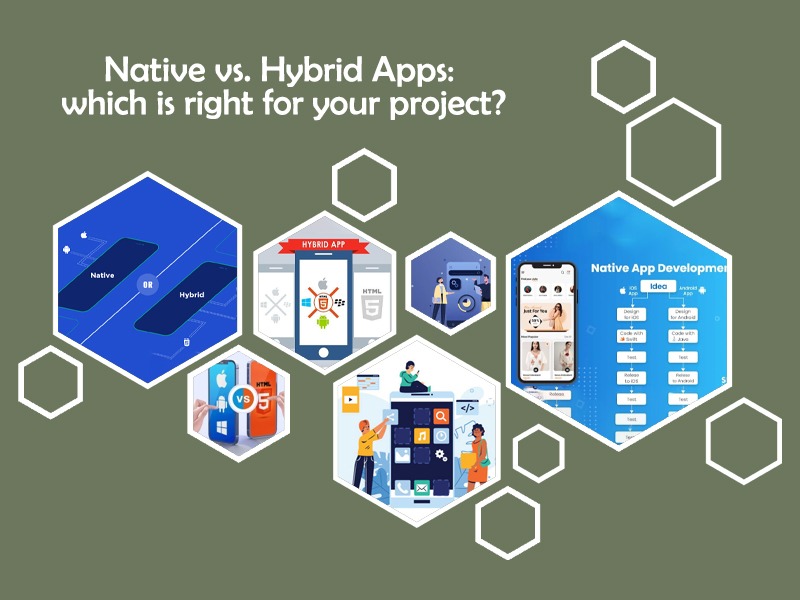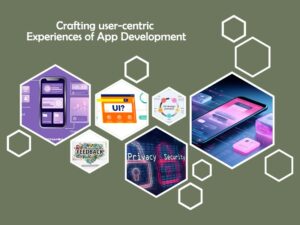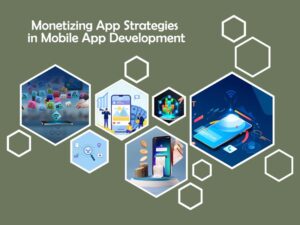Which is better for your project: native or hybrid apps?
Mobile applications are at the heart of how businesses interact with their audience in today’s fast-paced digital world. As the demand for mobile solutions increases, developers and companies are constantly left to decide whether to build a native or hybrid app. This blog will compare native and hybrid apps, their pros and cons, and help you choose one for your project.
Understanding Native Apps
Description and Characteristics
Native applications specifically cater to the iOS or Android operating systems. Their programs will use programming languages and tools exclusively for that operating system, such as Swift and Objective-C for iOS and Kotlin or Java for Android. Native apps installed directly on a mobile device from an app store run smoothly, deliver the best performance in their user-friendliest state, and are prepared to satisfy every capability of the user’s device.
Benefits of Native Apps
Platforms optimise native applications for a seamless run and faster loading. Platform-specific UI elements enhance the user experience by seamlessly integrating the app with the operating system.
Finally, native apps grant access to all device capabilities, including the camera, GPS, and push notifications, allowing developers to develop interactive and rich applications.
Additionally, they can function offline, enabling the use of some features even in the absence of an active internet connection. Moreover, compliance with platform standards strengthens their security, making native apps a beneficial option from the safety point of view for users.
Drawbacks of Native Apps
Native apps face significant challenges in terms of time and cost during the development cycle. This is because they need different codebases for different platforms. Native apps require separate codebases for each platform, resulting in a time-consuming and costly development process.
Maintaining several native applications consumes much time and resources and complicates the overall development life cycle. The diversity of devices and operating systems in the market, known as market fragmentation, also leads to inconsistencies across different platforms, necessitating the customization of updates and features for each operating system.
Discovering Hybrid Apps
Description and Characteristics
Hybrid apps are a fusion between native and web applications. They combine web technologies such as HTML, CSS, and JavaScript. However, a native shell later cloaks them, enabling them to operate on multiple platforms and access device capabilities.
Gains from hybrid apps
Hybrid apps are a testament to efficiency. Their cross-platform compatibility allows developers to use a single codebase for multiple platforms, saving both development time and cost. This makes hybrid apps a compelling choice for businesses that value quick and efficient solutions.
Hybrid apps are efficient and adaptable. Changes made in one place propagate to all platforms, making them simple to maintain. Their presence in app stores increases their visibility, making them a flexible and accessible choice for businesses.
Hardships of Hybrid Applications
Hybrid applications also face performance issues and can’t match the speed of native applications, especially when complex applications or higher graphics are needed. Despite recent improvements, hybrid applications still struggle to match native applications in speed and responsiveness, potentially leading to a suboptimal user experience.
Hybrid apps struggle to provide an equivalent user experience because they rely on web technologies and may not fully integrate with the features of the device. That is to say, these applications rely on third-party frameworks, which can lead to compatibility issues or even require updates, further complicating the process.
Considerations to Reflect When Choosing Between Native and Hybrid Apps
Required Features
This depends upon how intensive the capabilities required might be. When large requirements such as graphics, GPS, or push notifications require native applications, they excel. Therefore, we recommend a hybrid application for applications that don’t require intensive device access and interaction, as it can quickly provide adequate functionality at the lowest cost and in the shortest space.
Target Audience
If you are targeting a specific platform, such as iOS users, native apps work well since they offer more customization. However, if your target audience needs to access content from more diverse platforms, the hybrid app becomes relatively inexpensive, makes it accessible, and gives you an edge with a quick time-to-market.
Project and scope budgets
When it comes to budget, hybrid applications are a smart choice. They provide a cost-effective approach to faster development and deployment without compromising on features. This makes them a secure investment for less demanding applications and faster market entry.
Timeline
If you can afford to develop a different application for each platform, you should use native applications for long-term projects. They ensure optimal performance and user experience. When you have tight deadlines, hybrid apps provide a quick launch and a quicker way to reach users across multiple platforms.
Maintenance and updates
Native applications require maintenance, which involves codebases spread across various areas and is resource-consuming and time-consuming. Hybrid applications simplify the process with a single code base that allows updates to be easy, fast, and efficient in terms of maintenance. This effectively conserves time and resources on a single platform, enabling instantaneous implementation of changes across all platforms, thereby enhancing the overall efficiency of the project.
Success Stories: When to Choose Native or Hybrid
A high-performance gaming app
This type of game necessitates native app operation due to its high-quality graphics and smooth animations. This is due to the optimal utilisation of device-specific features like a graphics processing unit, which ensures the game runs smoothly and delivers an engaging experience that meets the player’s quality and responsiveness expectations.
A Fitness Tracking App
The most suitable type of mobile application for tracking a user’s activity and syncing with a wearable device was native, as it facilitated real-time processing and seamlessly integrated with the device’s sensors, such as a GPS and heart rate monitor. It also enhanced the app’s speed, responsiveness, and accuracy in tracking users’ activities.
A simple e-commerce app
An e-commerce application that focuses on displaying products and transactions has chosen a hybrid application. We chose the hybrid due to its straightforward feature set, which facilitated swift app development compared to the multi-platform approach. The hybrid proved to be cost-effective as it provided the opportunity for a quicker deployment, while still ensuring users could easily surf and shop for products.
A News Aggregator App
We choose a hybrid app because it gathers news from various sources and facilitates social sharing. This decision is taken into consideration by focusing on the presentation of the content rather than the complexity of functionality that it needs to achieve. The hybrid allows for rapid deployment and extensive cross-platform reach, so users can quickly access and share the news, maximizing development time and costs.
Conclusion
The development of native and hybrid mobile applications is contingent upon various factors, such as the requirements of the project, the target audience, the budget, and the timeline. Native apps outperform hybrid apps for more complex performance and user experience applications. However, hybrid apps are more cost-effective and efficient when developing fewer complex projects, leading to faster deployment times.
In the end, we will be a factor in the success of your mobile app development project. For more information about your upcoming mobile app project, visit our website, angelwingstourism.com.




